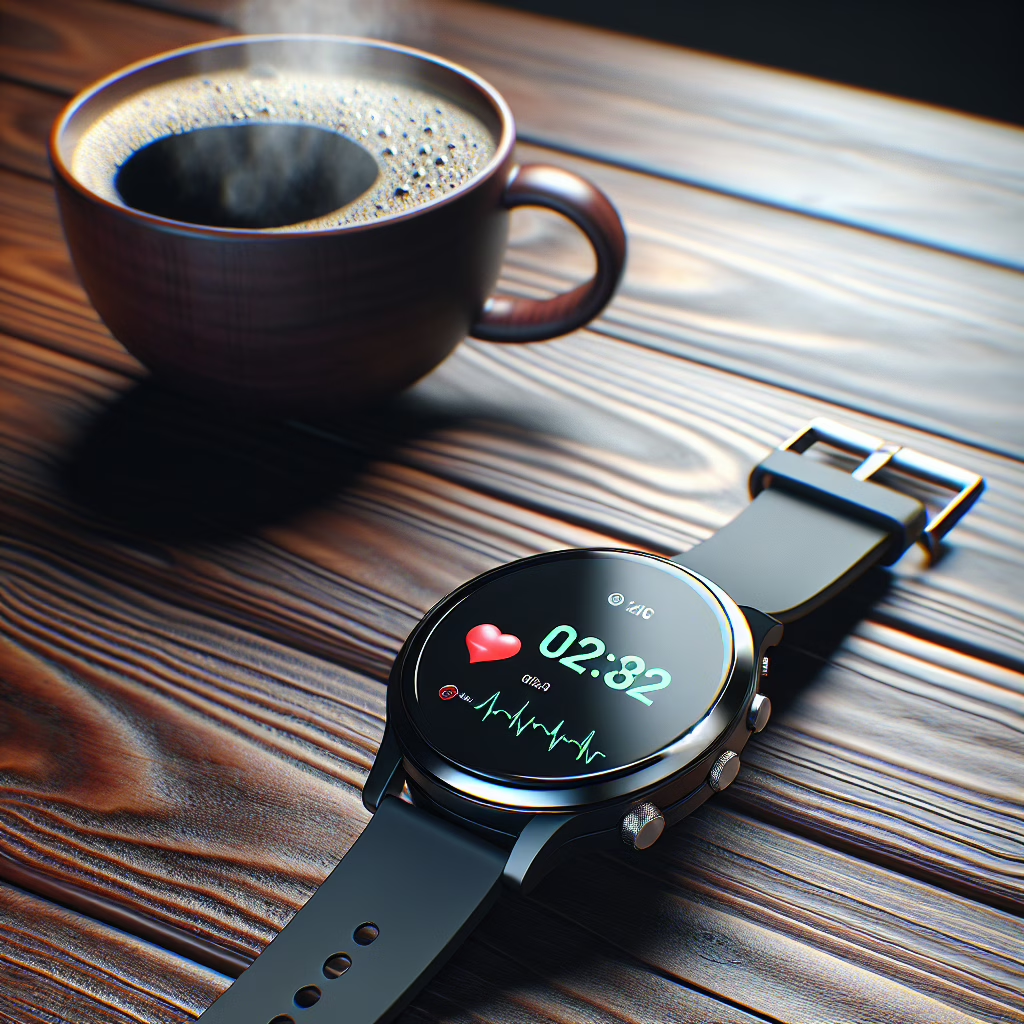In the ever-evolving realm of personal health technology, the Apple Watch has emerged as a champion, particularly with its blood oxygen monitoring feature. While other smartwatches have tried to compete, Apple has taken the lead, proving once again that when it comes to health innovations, they’re not just playing catch-up. If you’ve ever wondered how your blood oxygen levels are doing, this is your ticket to understanding your body better—without needing a PhD in medicine!
Why Blood Oxygen Monitoring Matters
So, why should we care about our blood oxygen levels? Just like how a car needs gas to run smoothly, our bodies need adequate oxygen to function optimally. Low blood oxygen can lead to all sorts of trouble, from fatigue to more serious health issues. Here are some reasons why monitoring is essential:
- It can help detect underlying health conditions.
- Improves athletic performance tracking.
- Assists in managing chronic respiratory conditions.
With the Apple Watch, users can monitor their blood oxygen saturation (SpO2) levels right from their wrist. It’s as easy as tapping a button and letting the watch do its magic. You can finally feel like a superhero who has the power to check their vitals anytime, anywhere—no cape required!
The Apple Watch Advantage
Now, let’s dive into why the Apple Watch stands out in the crowded field of smartwatches. First off, Apple has invested significantly in making this feature user-friendly. The blood oxygen app uses a combination of infrared light and sensors to measure your blood’s oxygen saturation levels accurately. This means you can trust your readings without second-guessing every time you check.
But that’s not all! The Apple Watch also offers seamless integration with the Health app on your iPhone. This means you can track trends over time and share them with your healthcare provider—if you dare to impress them with your tech-savvy ways!
A Look at Competitors
While other brands like Fitbit and Garmin have introduced similar features, they often come up short in terms of accuracy and user experience. For instance, some competitors require multiple steps just to get a reading, which can be frustrating. Who has time for that when you’re trying to juggle work, family, and maybe even some Netflix binge-watching?
The Apple Watch makes it easy to take quick readings without unnecessary hassle. Just think: you can check your blood oxygen while brewing your morning coffee or during a boring Zoom meeting! Talk about multitasking!
Health Insights at Your Fingertips
The insights gained from monitoring your blood oxygen levels go beyond mere numbers on a screen. They can help you understand how well your body copes with various activities—from intense workouts to yoga sessions meant for relaxation. Key health insights you can derive include:
- Identifying optimal exercise intensity levels.
- Assessing recovery time post-exercise.
- Understanding how altitude affects your performance.
If you notice fluctuations in your SpO2 levels after a workout, it might be time to reconsider that intense HIIT class or ensure you’re hydrating properly (no more pretending that soda counts as hydration!). This self-awareness empowers users to make informed decisions about their health.
Staying Ahead of the Game
The competition may try hard to catch up with Apple’s innovations, but let’s face it: they have quite a mountain to climb! Apple’s focus on user experience and health monitoring sets them apart as they continually refine their offerings.
In 2025, it’s likely we’ll see even more improvements and features rolled out for the Apple Watch. Who knows? Maybe next year they’ll introduce an app that helps you decode what your cat is thinking—because that’s the real mystery we need solved!
Your Thoughts on Blood Oxygen Monitoring?
The world of health tech is rapidly changing, and the Apple Watch‘s blood oxygen monitoring feature is leading the charge. What are your thoughts on this nifty gadget? Have you tried using it? We’d love to hear from you! Share your experiences in the comments below!
A big thank you goes out to Fox News for providing such insightful information that inspired this article!

